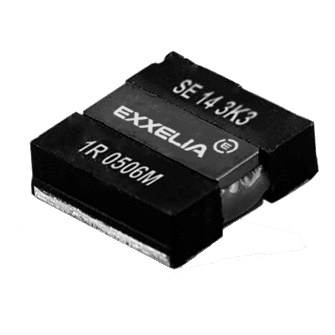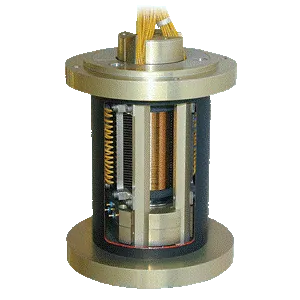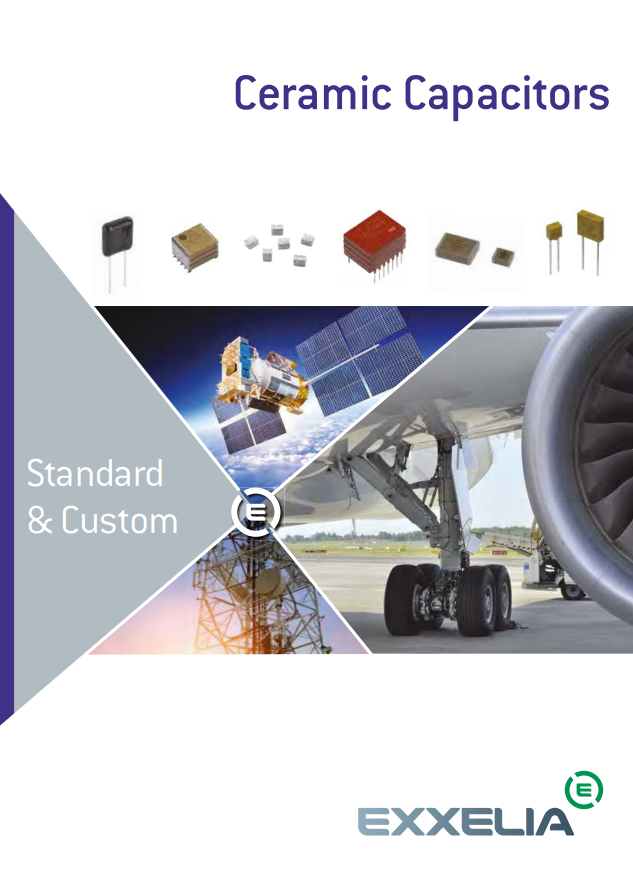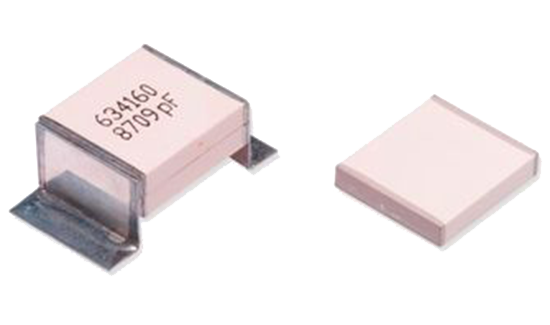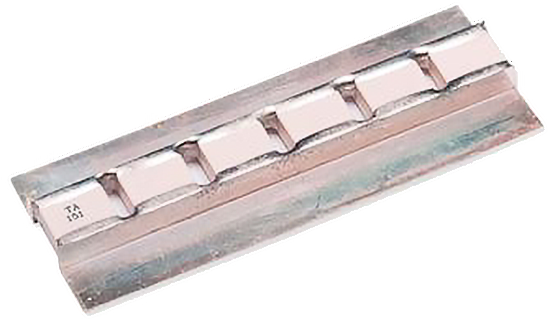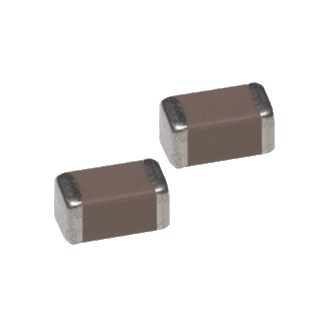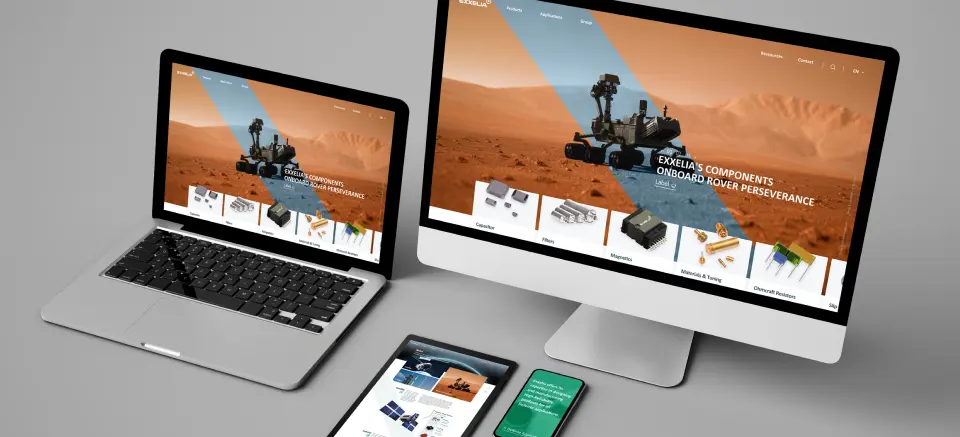
High-Q CH Kits
High voltage
Low ESR
RF Microwave / High-Q

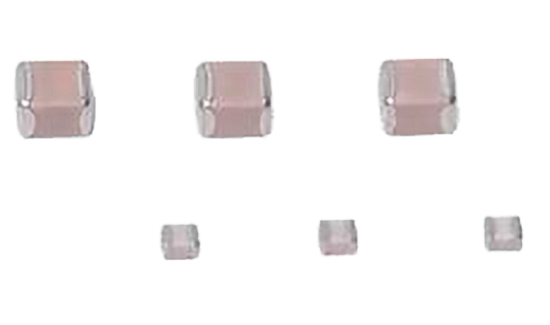
The Exxelia High-Q CH Capacitor Sample Kit includes a curated selection of our most advanced ceramic capacitors, specially designed for demanding RF and microwave applications.
-
Capacitance
0.1pF ~ 1000pF
-
Voltage Rated DC
50V ~ 1500V
-
Tolerance
±5%
-
Operating Temp
-55°C ~ 175°C
-
Mounting
SMD
-
RoHS
ROHS
-
Dielectric
NPO
This kit is a practical tool for engineers looking to quickly assess the quality, frequency response, and thermal stability of our High-Q components in high-frequency designs.
Perfect for prototyping, qualification, or R&D stages, it helps save time while ensuring compatibility with stringent technical specifications.
The kit features a variety of values, sizes, and packages, showcasing Exxelia’s expertise in precision passive components.
Inside you will find:


| CAP KIT CERAMIC 0.1PF-1PF 100PC CAP KIT CERAMIC 1.2PF-10PF 120PC CAP KIT CERAMIC 12PF-100PF 120PC | CCAP KIT CERAMIC 0.1PF-1PF 100PC CAP KIT CERAMIC 1.2PF-10PF 120PC CAP KIT CERAMIC 12PF-100PF 120PC CAP KIT CERAMIC 120PF-1000PF 120PC | CAP KIT CERAMIC 0.1PF-1PF 100PC CAP KIT CERAMIC 1.2PF-10PF 120PC CAP KIT CERAMIC 12PF-100PF 120PC CAP KIT CERAMIC 120PF-1000PF 120PC |
Compliance and certifications

RoHS

ESA Compliant
Would you like to ajust a little something?
Customize it
2related document(s)

Frequently Asked Questions
Find answers to the most frequently asked questions about our products and services.
Still have questions ?
Can’t find the answer you’re looking for ? Please contact with our customer service.
Contact


